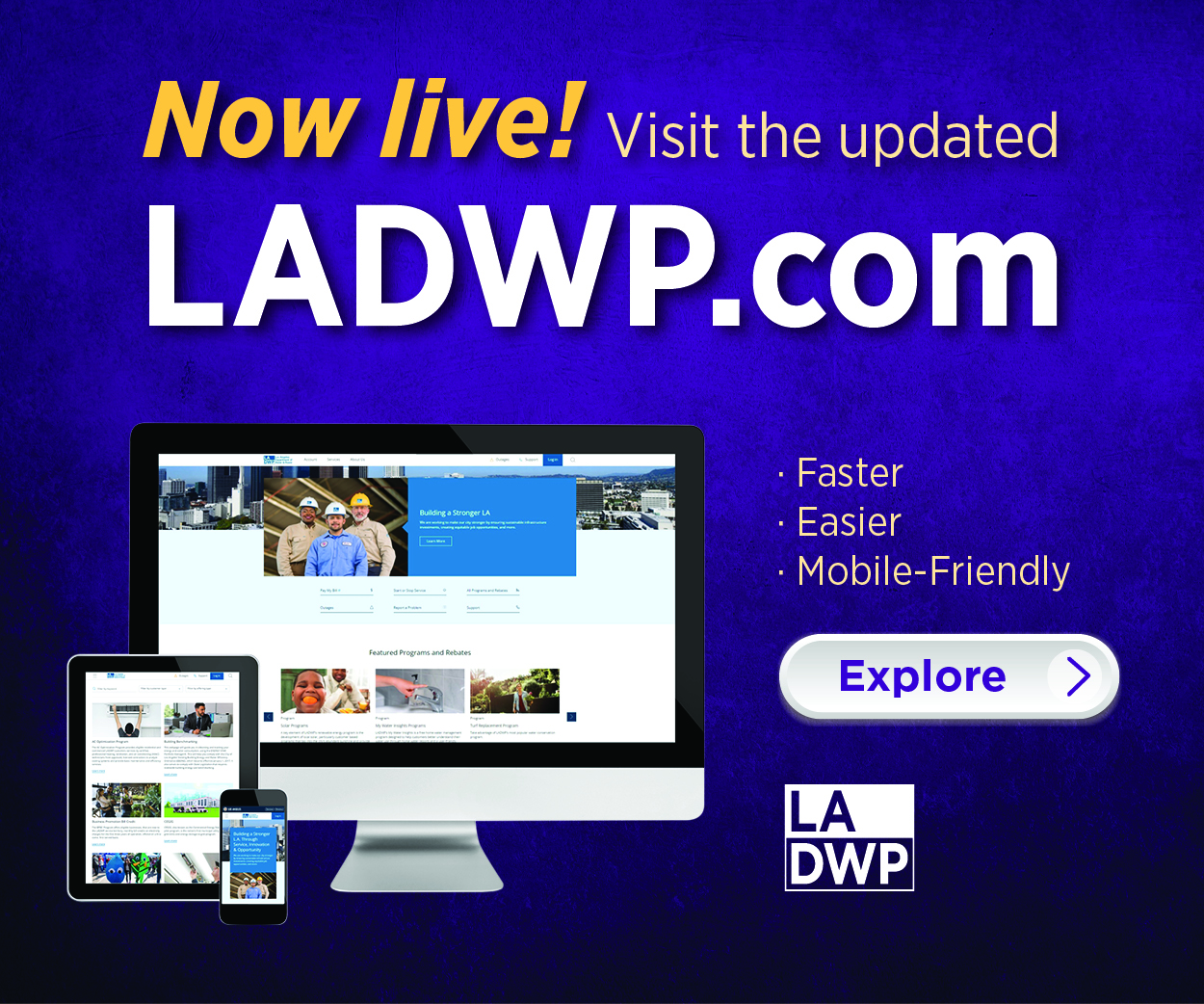Comments
GELFAND’S WORLD - San Pedro had another electric outage the other evening. Luckily, unlike other occasions, it was still light out when the lights went out. So no pro football on the tube and no microwave, but at least we could find our way around the room. Still, it was a learning experience. It allowed me to experience how we would deal with a natural disaster that resulted in the electricity going off.
In this particular blackout, the main question was clear: When is the juice going to come back on? In a real disaster, this wouldn’t be the main issue, but the question about how to get answers – any kind at all – would still be paramount.
Now you would imagine that in a rational world, the answer would be easily available. There ought to be a phone number to call. That turns out to be not so easy, although I have managed to get through in other years. But in some imaginary world, there are lots of possible ways that they might let us know. I can imagine a few:
1) A notification sent out to cell phones the way that amber alerts and other emergency messages are sent. It’s just texting. I can remember getting an emergency text from a college one time, warning me that there was an emergency on campus and to stay away. If the University can do this, why not the DWP?
2) An agreement with a radio station so that we could tune in and be told about outages, brush fires, and so forth. The idea of an emergency notification channel on both AM and FM seems pretty reasonable. The midwest has us beat on this one. The local radio station will tell you about any tornado watches on a county by county basis, and will announce school closings on a district by district basis.
3) Putting it up on their internet page. My laptop has its own battery (duh!) and the system allows me to link up to the internet using my cell phone, which also has its own battery. The problem is not with this system, but that the DWP doesn’t make the effort to put the relevant information on its web page. There is, in fact, a map for power outages. What is not there is a detailed explanation of what caused the outage and how long the repair is likely to take.
Why this is important in terms of emergency preparedness
It’s equal parts emotion and preservation of life.
The preservation of life and health part is pretty obvious. If there were an explosion or earthquake that cut us off from normal lines of communication, it would be useful to have some secondary way of getting through, but we would not know which secondary line of communication was still working unless somebody could tell us. Sometimes having access to those lines of communication is critical. Maybe one hospital is open while the other hospital does not have power, so it would be really useful to be able to make that information available to people who need it.
The emotional part is less important in terms of preserving damaged limbs and saving lives, but it is still useful. Even in a small, localized power failure, there is a certain feeling of being isolated, cut off from the rest of the world, even a little helpless. Hearing word from the rest of the world is reassuring and calming. Now imagine a widespread failure brought on by some disaster, and think about how many people will be affected. Suppose everyone is left isolated, as I was on Sunday: Some people would react wisely under those circumstances, but others would not.
What became obvious the other evening was that Los Angeles is not well prepared to deal with such situations. When the electricity is on and television is still working for most of us – as was the situation during the Palisades fires – the important information is communicated. We immediately know which roads to stay off of and which parts of town to avoid. What’s missing is any public understanding of which line of communication to rely on in the absence of the more standard sources.
Back in the day, people were advised to have a portable radio and an extra battery. We knew how to find the news stations and we rather reflexively tuned to KFWB. It’s going to be something different the next time, since KFWB is no longer the go-to source for news.
A Disaster Preparedness Town Hall on Wednesday Evening
For those in the harbor area and those with an interest in disaster preparedness, be aware that there will be a town-hall on Wednesday, September 10 at 6 PM where you can hear what you can do, and what the city and your neighborhood councils are doing to prepare for an earthquake, flood, or fire. It will be at the Cabrillo Marine Aquarium, 3720 Stephen White Drive, in San Pedro. (Note: You get to Stephen White Drive by going south on Pacific Ave to what would be 36th Street but has been renamed after Stephen White. Then turn left and go downhill to the entrance to the parking lot. We are told that parking fees will be waived for those attending this event. The three San Pedro neighborhood councils will be represented.
(Bob Gelfand writes on science, culture, and politics for CityWatch. He can be reached at [email protected].)






